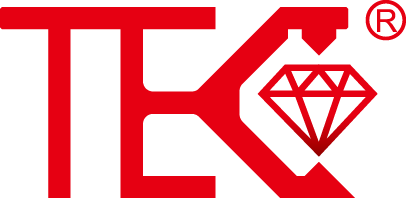What's the explosion-proof certification process for magnetostrictive level gauges?
Understanding the critical importance of explosion-proof certification for magnetostrictive level gauges begins with recognizing their operational environments. These sophisticated instruments frequently serve in petroleum refineries, chemical processing plants, and other locations where flammable gases, vapors, or combustible dusts create potentially explosive atmospheres. The certification process ensures these devices won't ignite surrounding hazardous materials, protecting both personnel and infrastructure from catastrophic events. Manufacturers must demonstrate their equipment incorporates specific design features that prevent ignition sources from contacting the dangerous surrounding atmosphere.
The initial step in hazardous area classification and equipment categorization involves identifying the specific zones where equipment will operate. Engineers classify these areas based on the probability and duration of explosive atmospheres existing, with Zone 0, 1, and 2 designations for gas environments and Zone 20, 21, 22 for dust atmospheres. Simultaneously, equipment receives categorization based on its intended protection level – Category 1 for highest security (Zone 0/20), Category 2 for high security (Zone 1/21), and Category 3 for normal security (Zone 2/22). This precise matching ensures the selected magnetostrictive level gauge possesses appropriate protection levels for its installation environment.
Major international certification standards including ATEX and IECEx govern explosion-proof approvals. The ATEX directive, mandatory for equipment used in European Union countries, derives from European standards while IECEx provides an international certification scheme facilitating global trade. Both frameworks require manufacturers to demonstrate compliance through rigorous testing and quality assurance documentation. Understanding these standards' specific requirements proves crucial for manufacturers targeting international markets, as regional variations can impact design considerations and certification strategies.
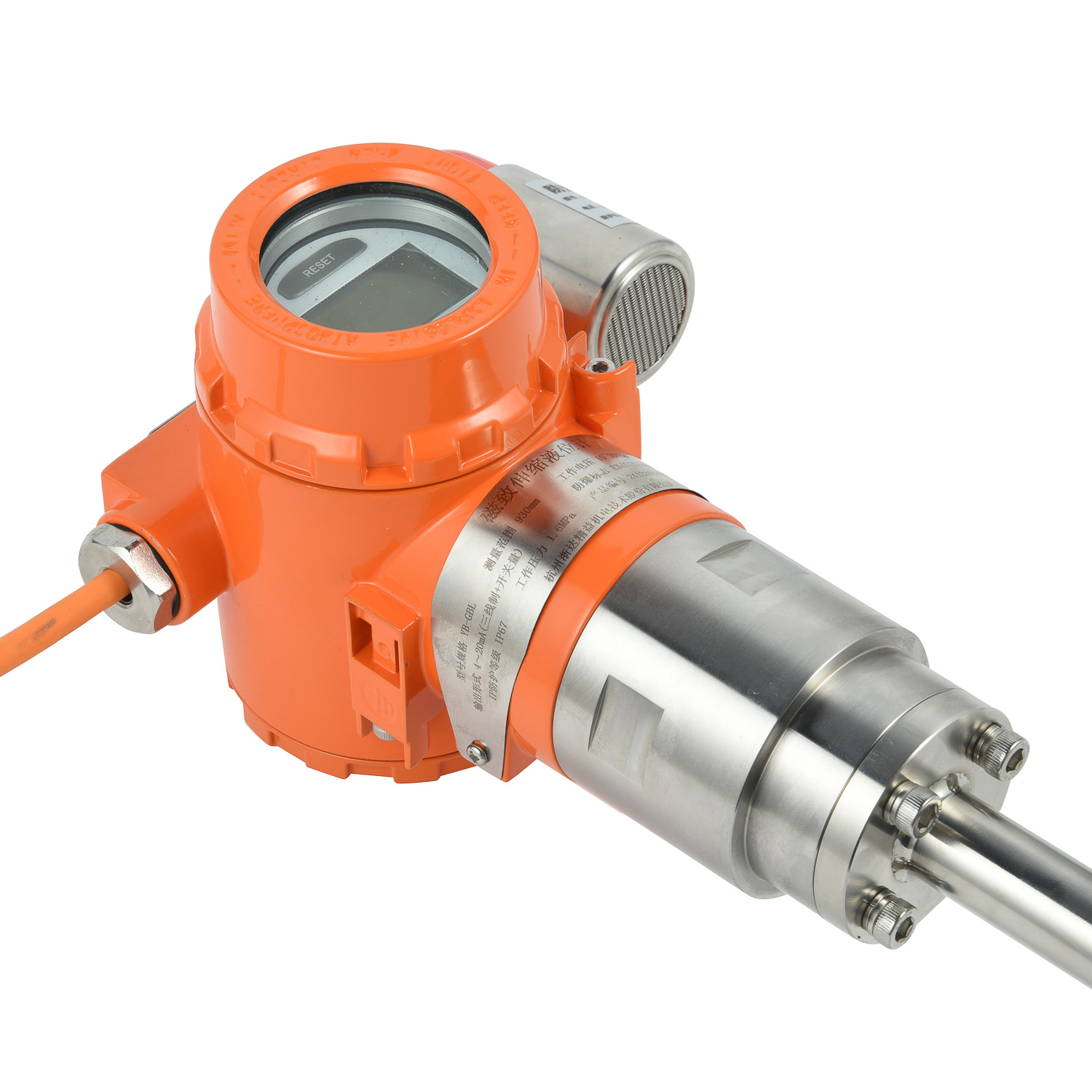
Essential protection concepts for explosive environments encompass several methodologies. Flameproof enclosures (Ex d) contain any internal explosion without transmitting it externally, while increased safety (Ex e) focuses on preventing excessive temperatures and sparks in normal operation. Intrinsic safety (Ex i) limits electrical energy to levels incapable of causing ignition, and encapsulation (Ex m) seals potential ignition sources in resin. Pressurized apparatus (Ex p) maintains protective gas pressure inside enclosures, and oil immersion (Ex o) submerges components in protective fluid. Each method offers distinct advantages for different magnetostrictive level gauge applications and hazardous area classifications.
The comprehensive testing and documentation phase represents the certification process's core. Notified bodies conduct rigorous examinations including temperature testing to verify surface temperatures remain below ignition thresholds, impact testing to ensure enclosure integrity, and ingress protection testing confirming dust and moisture resistance. For intrinsic safety designs, spark ignition testing proves crucial while flameproof enclosures undergo pressure testing. Manufacturers must simultaneously prepare extensive technical documentation covering design specifications, manufacturing processes, quality control procedures, and user instructions – all subject to auditor scrutiny.
Manufacturers must implement rigorous quality assurance protocols throughout production. Certified explosion-proof equipment requires maintaining identical construction to tested prototypes, necessitating strict configuration control and comprehensive supplier verification procedures. Regular factory audits by certification bodies ensure ongoing compliance, reviewing everything from material traceability to employee training records. These quality systems form the foundation for maintaining certification validity and ensuring every shipped magnetostrictive level gauge meets the same safety standards as originally certified units.
The final marking and certification issuance stage provides visible compliance evidence. Successfully certified magnetostrictive level gauges display specific markings including the Ex symbol, equipment category, explosion protection type, gas group, temperature class, and certification body identification. These markings enable installers and inspectors to quickly verify suitability for specific hazardous locations. The formal certificate of conformity, issued by the notified body, documents complete compliance with relevant standards and serves as the legal authorization for market placement in regulated jurisdictions.
Proper installation and maintenance considerations complete the safety lifecycle. Certification validity depends on correct installation following manufacturer guidelines and applicable electrical codes. Maintenance procedures must preserve the equipment's explosion-protection integrity, using only approved components during repairs. Personnel require specific training regarding potential risks and necessary precautions when working with certified equipment in hazardous areas. Regular inspections verify continued compliance with original certification requirements, ensuring ongoing operational safety throughout the equipment's service life.
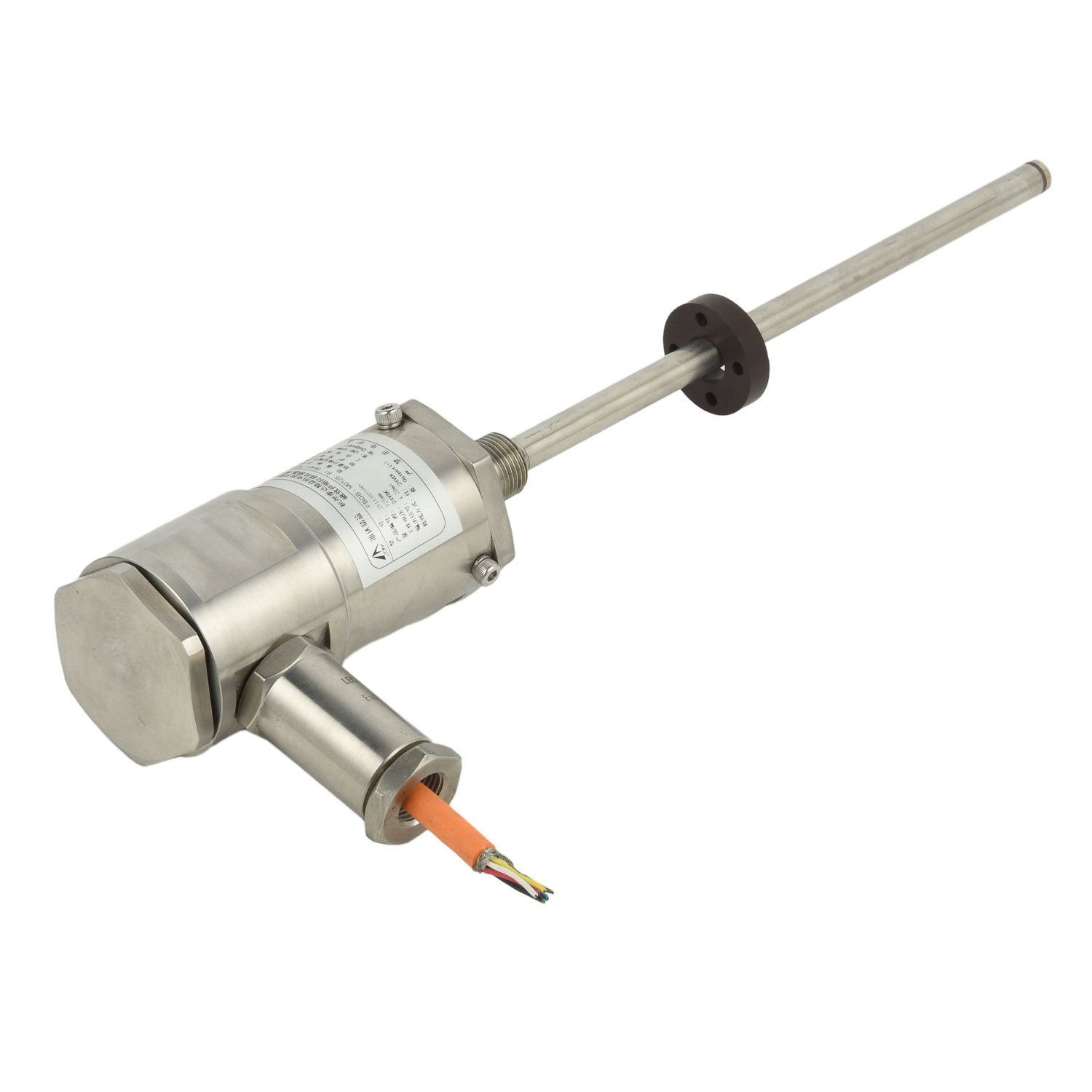 UpgradingYourLevelMeasurementS
UpgradingYourLevelMeasurementS
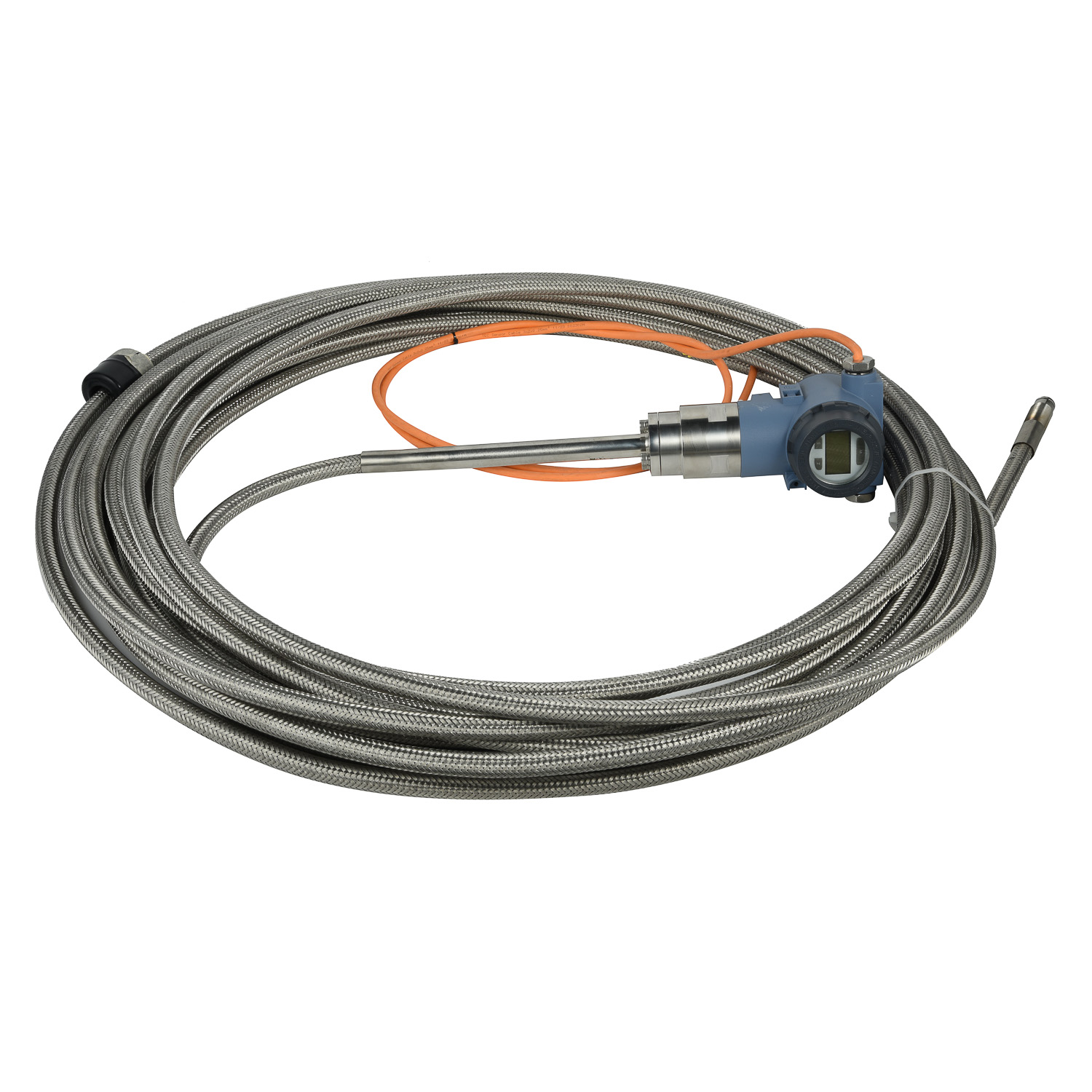 Why are magnetostrictive level
Why are magnetostrictive level
 ComparingMagnetostrictiveandRa
ComparingMagnetostrictiveandRa
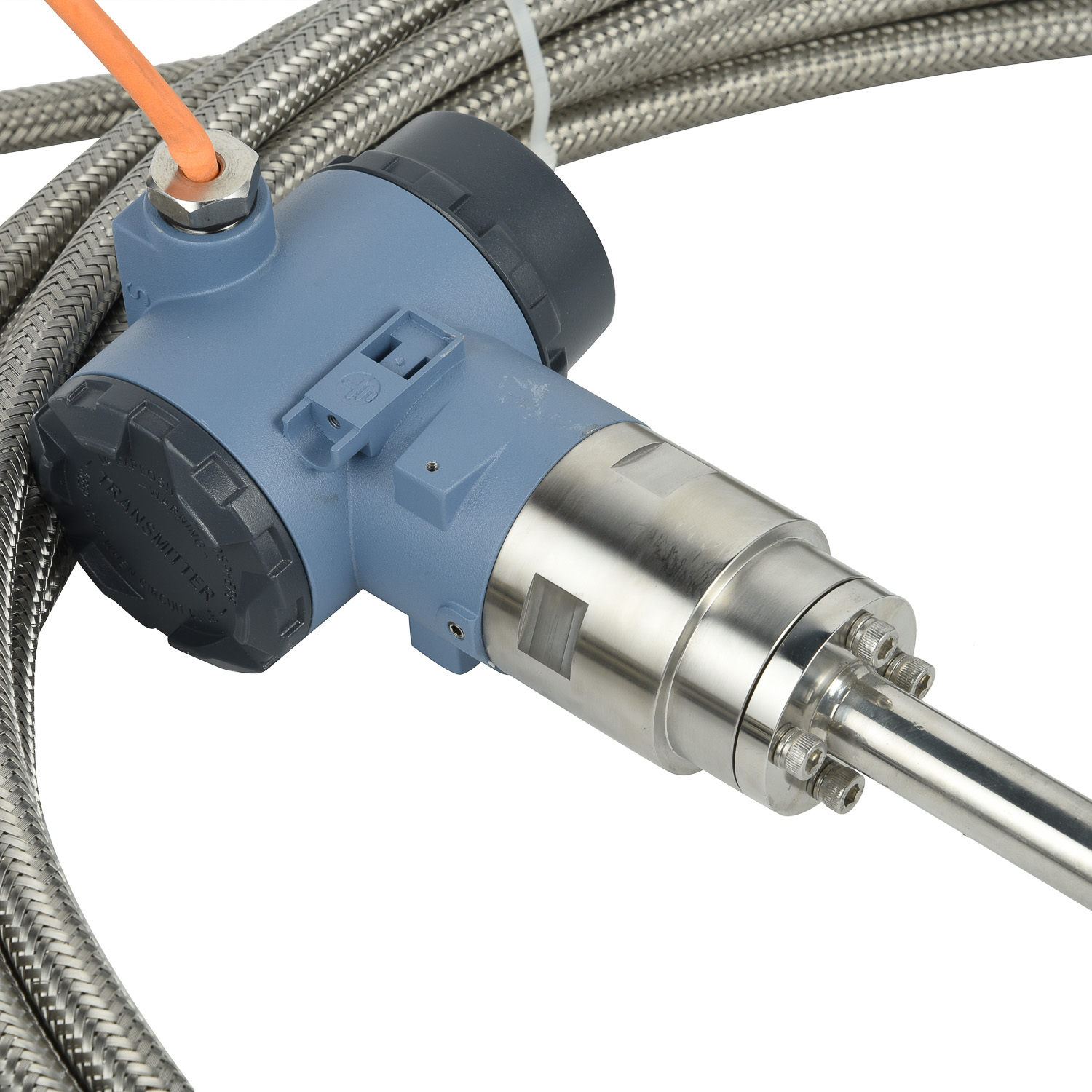 MagnetostrictiveLevelSensorfor
MagnetostrictiveLevelSensorfor
